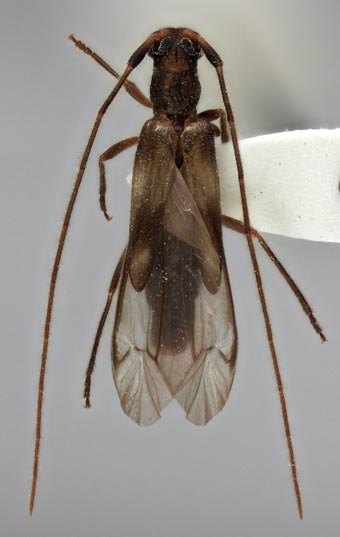|
Methiini Classification
Selected References to Larvae Specimens |
 Methia necydalea (Fabricius, 1798); dorsal Cerambycidae:Cerambycinae:Methiini Photograph © E.H. Nearns |

 |
|
| Home Identification Keys Fact Sheets Gallery Resources About Search | |
|
Methiini Classification
Selected References to Larvae Specimens |
 Methia necydalea (Fabricius, 1798); dorsal Cerambycidae:Cerambycinae:Methiini Photograph © E.H. Nearns |
 idtools.org Longicorn ID images on Bugwood ITP Node Longicorn ID last updated 2020 E.H. Nearns, N.P. Lord, S.W. Lingafelter, A. Santos-Silva, K.B. Miller, & J.M. Zaspel |